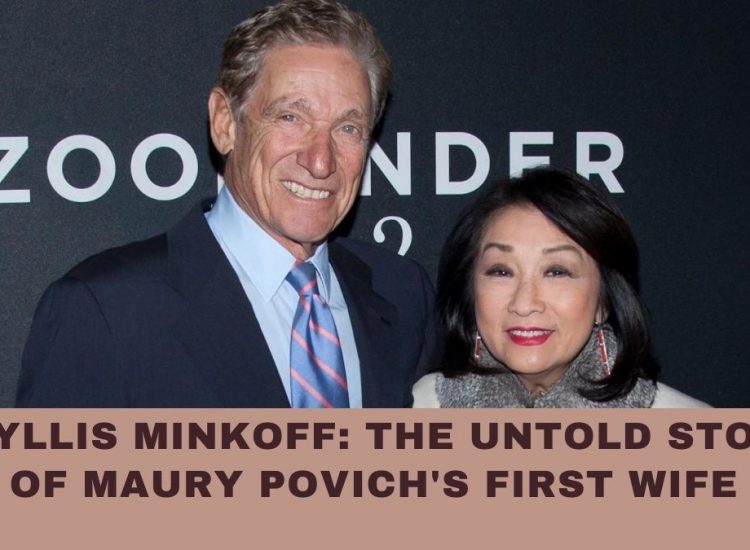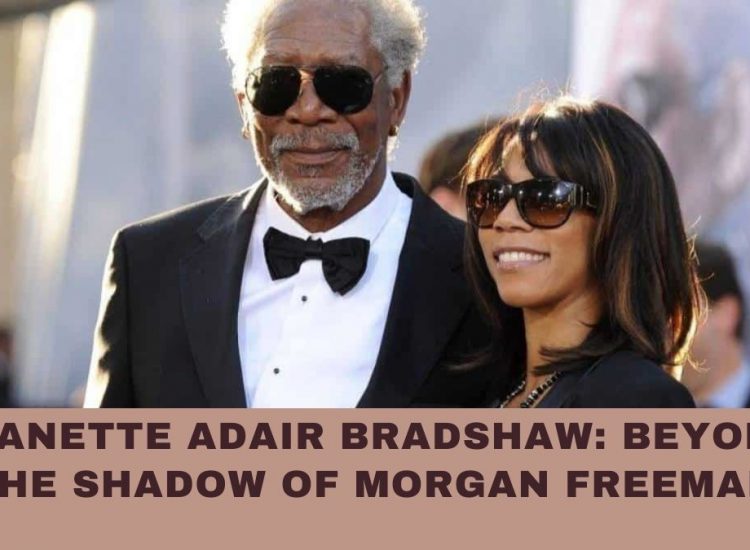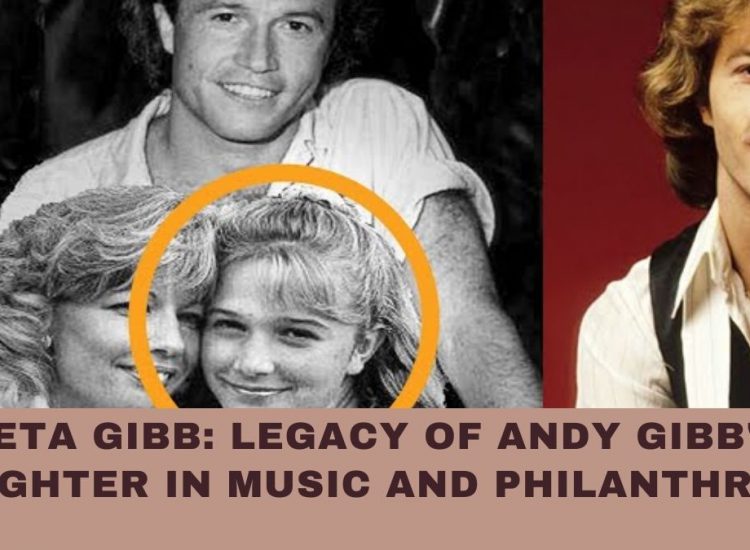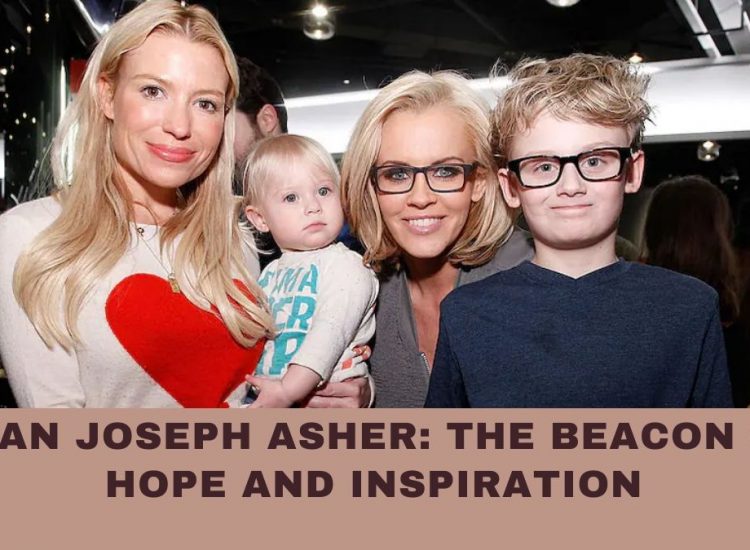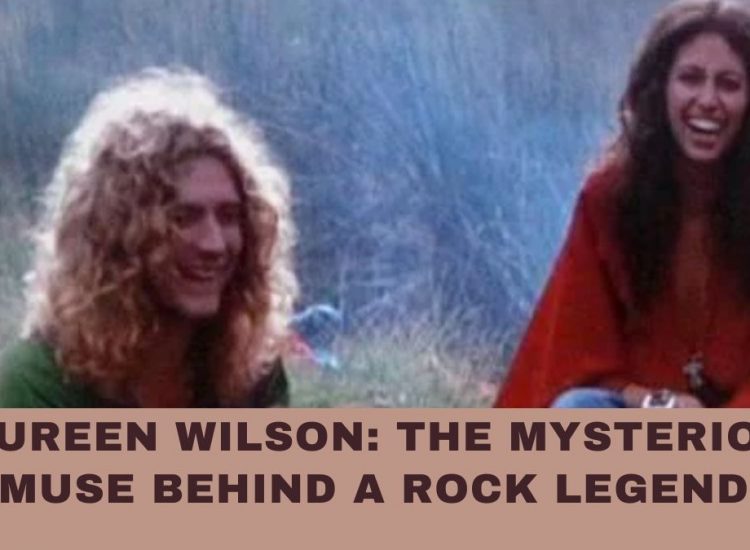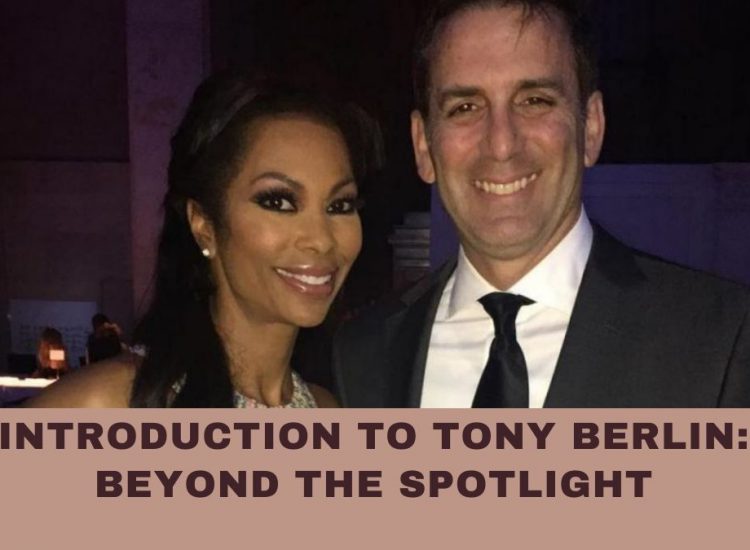An Overview of the Whitakers
Nestled in the rugged landscapes of West Virginia, the story of the Whitaker family unfolds. Known as America’s most inbred family, they have captured the public’s curiosity with their compelling and complex narrative.
Toc
Their history, marked by geographical isolation and limited interaction with the outside world, has become a tableau of resilience, challenges, and the enduring power of familial bonds.
The Roots of the Whitaker Family
This family saga began with the union of William and Abigail Whitaker in the early 19th century. Their lineage, deeply entwined with the Appalachian mountains’ history, reflects a legacy of perseverance amidst adversity.
Despite societal misconceptions and stigmas, the Whitakers have forged deep connections to land and culture through generations, shaping an enduring legacy amidst the challenges of unique circumstances.
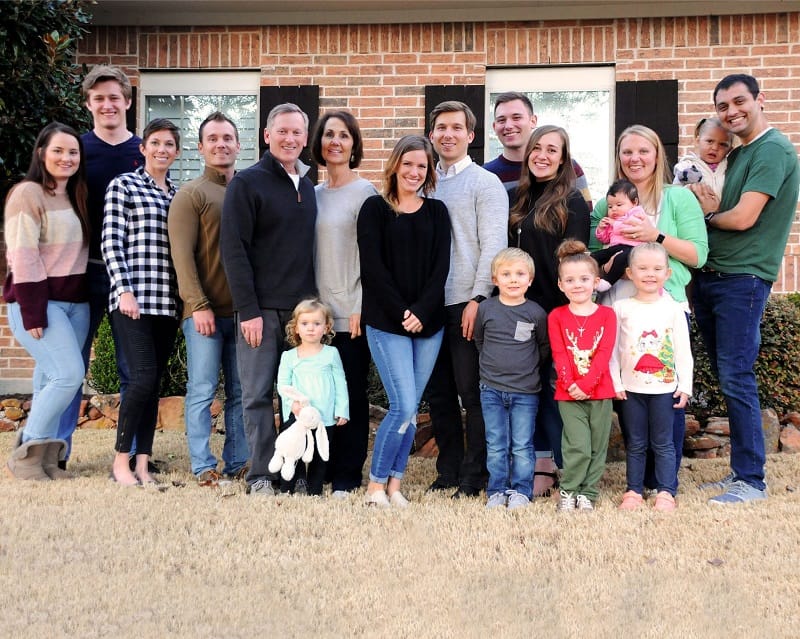
1. https://cacaocafenewjersey.com/archive/199/
2. https://cacaocafenewjersey.com/archive/114/
3. https://cacaocafenewjersey.com/archive/166/
Source: https://calsfreesm.shop
The Phenomenon of Inbreeding and Its Impacts
Central to the family’s narrative is inbreeding, a practice historically not uncommon in isolated communities like theirs. While this has led to various genetic abnormalities within the family, it has also underpinned a complex web of familial relationships that define unique identity.
Against this backdrop, the Whitakers have developed their own cultural and social characteristics, standing as a testament to resilience and solidarity within an otherwise hidden pocket of American life.
Current Members and Generational Dynamics
Today, the members of the Whitaker family continue to live in West Virginia, maintaining the way of life with the support and occasional scrutiny of the local community.
Despite economic hardships and health challenges brought on by genetic predispositions, the family exemplifies remarkable cohesion and perseverance. Living in relative isolation, they rely on each other for support, living a life that is paradoxically both insular and under the public gaze.
Media Exposure and Societal Perception
The Whitaker family’s notoriety has been fueled by media portrayals, highlighting living conditions and unique family structures. Renowned photographer Mark Laita’s documentary projects have brought international attention to their story, evoking a spectrum of public reactions.
While these portrayals have opened up conversations about genetic diversity and societal inclusivity, they have also sparked ethical debates around privacy and the representation of marginalized communities.
1. https://cacaocafenewjersey.com/archive/73/
2. https://cacaocafenewjersey.com/archive/82/
3. https://cacaocafenewjersey.com/archive/171/
Legacy and Cultural Significance
The enduring legacy of the Whitaker family extends beyond the controversies to touch on deeper issues of empathy, understanding, and the complexities of human relationships.
The story prompts society to reconsider preconceived norms and embrace a broader spectrum of cultural diversity and acceptance. Their layered narrative of struggle and resilience contributes to ongoing discussions about genetic health, societal tolerance, and the nuances of familial ties amidst adversity.
Conclusion
With its tangled branches and deep roots, the Whitaker family tree offers more than just a glimpse into an unusual familial setup; it embodies the enduring strength of kinship in the face of societal challenges. As we navigate the nuances of their story, we find a mirror reflecting broader themes of humanity, inclusivity, and the unbreakable bonds that define family, no matter how unconventional it may seem.
Learning about the Whitakers reminds us of the diversity that shapes the human experience, urging us to approach life with greater compassion and understanding.


